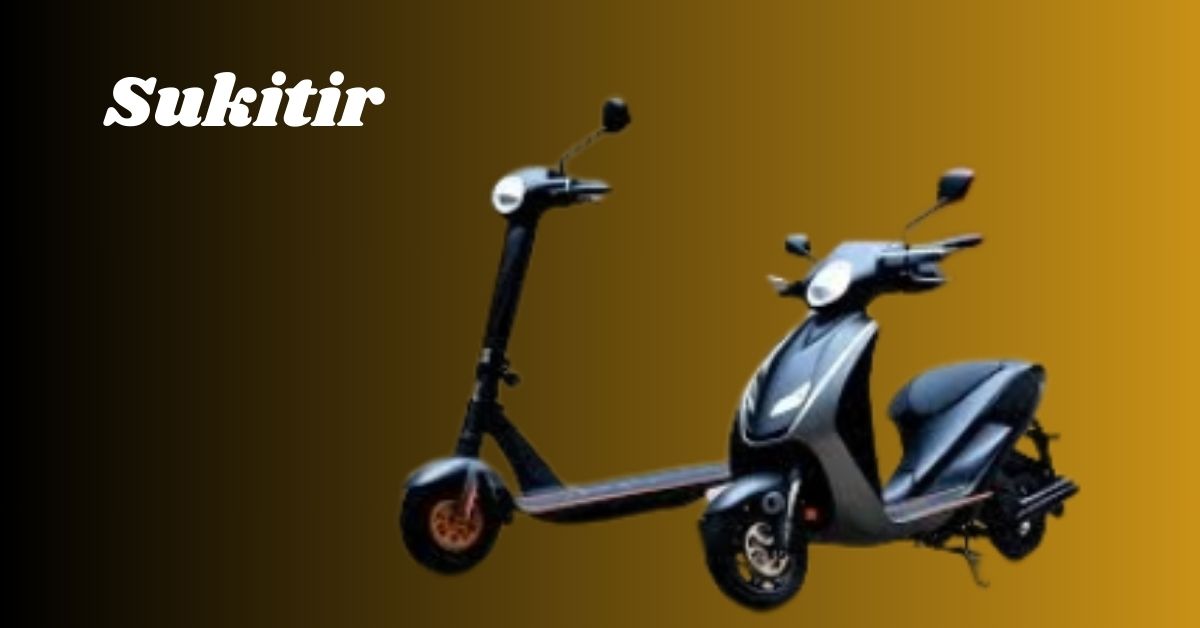We’re all familiar with the mundane task of scanning receipts, but what if we told you that this simple process is becoming a game-changer in the retail industry? That’s right – OCR technology is transforming how we interact with our receipts and revolutionizing the future of retail. In this blog post, we’ll explore everything you need to know about OCR technology and how it’s changing the way retailers do business. So buckle up and get ready to learn about an exciting new tech trend that could change the way you shop forever!
Introduction to OCR technology
As anyone who has ever gone through the painstaking process of manually entering data from a sales receipt knows, Optical Character Recognition (OCR) technology is a true game-changer. This technology allows the software to recognize text from images, making it possible to automatically extract data from sources like scanned documents and digital photos.
For retailers, this means that receipt scanning apps can now quickly and accurately capture purchase data, making it easy to track spending, create budgets, and even submit expense reports. No more lost receipts or hours spent inputting data by hand!
There are a few different ways that OCR technology can be used for retail purposes. For example, some apps use your smartphone’s camera to take a photo of a receipt which is then automatically processed using OCR. Other solutions involve physically scanning receipts with a dedicated handheld device or scanner.
Whichever method you use, receipt OCR scanning provides a fast and convenient way to keep track of your spending – making it the perfect solution for busy shoppers who want to save time and money.
What is OCR Technology and How Does it Work?
OCR technology is often used for receipt scanning in retail settings. OCR, or optical character recognition, is a type of technology that can recognize and interpret a handwritten or typed text from images. This information can then be saved into a database for further analysis or use.
There are many potential benefits to using OCR technology for receipt scanning in retail environments. For example, it can help retailers keep track of customer purchases, identify spending patterns, and better understand which products are selling well and which ones are not. Additionally, OCR technology can help reduce the amount of time and money spent on manual data entry, as well as the potential for human error.
Overall, OCR technology has the potential to change the way that retail businesses operate. By automating the process of receipt scanning and data entry, retailers can save time and money while also gaining valuable insights into customer behavior.
Benefits of OCR Technology in the Retail Industry
The retail industry is under constant pressure to keep up with the latest technological advancements. In order to stay competitive, many retailers are turning to OCR technology to streamline their operations. Here are some of the benefits of using OCR technology in the retail industry:
- Increased efficiency – One of the main benefits of using OCR technology in the retail industry is that it increases efficiency. Retailers can use OCR scanners to quickly and accurately scan receipts, allowing them to process orders faster and reducing the chance of human error.
- Cost savings – Another benefit of using OCR technology in the retail industry is that it can help save costs. By automating the receipt scanning process, retailers can reduce their reliance on manual data entry, which can lead to significant cost savings.
- Improved customer satisfaction – Finally, using OCR technology in the retail industry can also help improve customer satisfaction. By providing customers with accurate and timely information about their purchases, retailers can build trust and loyalty among their customer base.
Challenges Posed by OCR Technology in the Retail Industry
In the retail industry, OCR technology poses several challenges. First, it is difficult to accurately read receipts that are crumpled or have faded ink. Second, many retailers do not accept electronic receipts, so customers must still have a physical copy of their receipts in order to use OCR technology. Finally, some retailers use a cash register system that does not integrate with OCR software, making it difficult to scan and track purchases.
Examples of Current OCR Technologies in the Retail Industry
With the increasing popularity of OCR technology, many retail companies are now using it to scan and track receipts. This allows them to keep track of their inventory and sales more accurately. Here are some examples of current OCR technologies in the retail industry:
- Walmart is using an OCR system called Receipt Hog to scan and track receipts from its stores. This helps them to keep track of their inventory and sales more accurately.
- Ikea is using an OCR system called MISTRAL to scan and track receipts from its stores. This helps them to keep track of their inventory and sales more accurately.
- Target is using an OCR system called Eclipse to scan and track receipts from its stores. This helps them to keep track of their inventory and sales more accurately.
Future Potential of OCR Technologies in the Retail Industry
The potential applications of OCR technology in the retail industry are vast and varied. From streamlining the checkout process to reducing fraud, OCR has the potential to revolutionize the retail experience.
Checkout Process: One of the most promising applications of OCR technology in the retail industry is its ability to streamline the checkout process. With OCR-enabled receipts, shoppers would be able to simply scan their receipts at a self-checkout kiosk and have their purchases automatically tallied up. This would eliminate the need for customers to manually input their purchase information, saving time and improving the overall shopping experience.
Fraud Reduction: In addition to streamlining the checkout process, OCR technology can also be used to reduce fraud within the retail industry. By verifying receipts against discounts and promotions, retailers can quickly identify any discrepancies and take appropriate action. This would not only help to reduce fraudulent activity but also improve customer satisfaction by ensuring that they are receiving the correct discounts and prices.
Inventory Management: Another potential use of OCR technology in retail is inventory management. By scanning product labels and barcodes, retailers can automatically track inventory levels and restock shelves as needed. This would lead to more efficient and effective store operations, as well as improve customer service by ensuring that products are always available when they are needed.
Conclusion
OCR technology is making waves in the retail industry, quickly becoming a go-to solution for streamlining processes and creating more efficient user experiences. By allowing retailers to reduce their dependence on paper receipts, automate critical receipt processing tasks, and provide customers with an improved checkout experience, it’s clear that OCR technology will be an important factor in shaping the future of retail as we know it.










